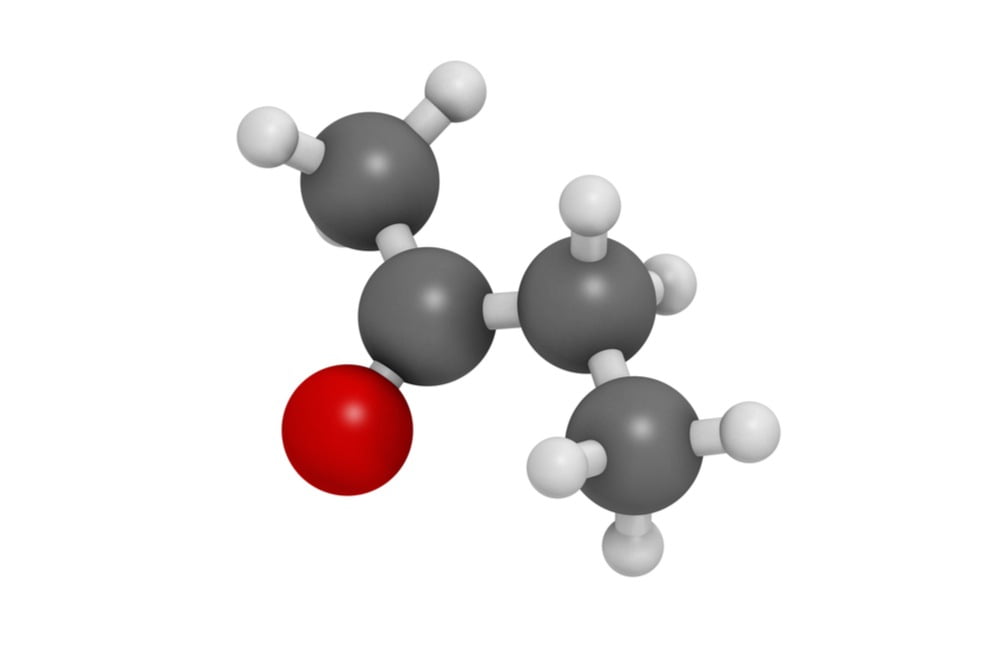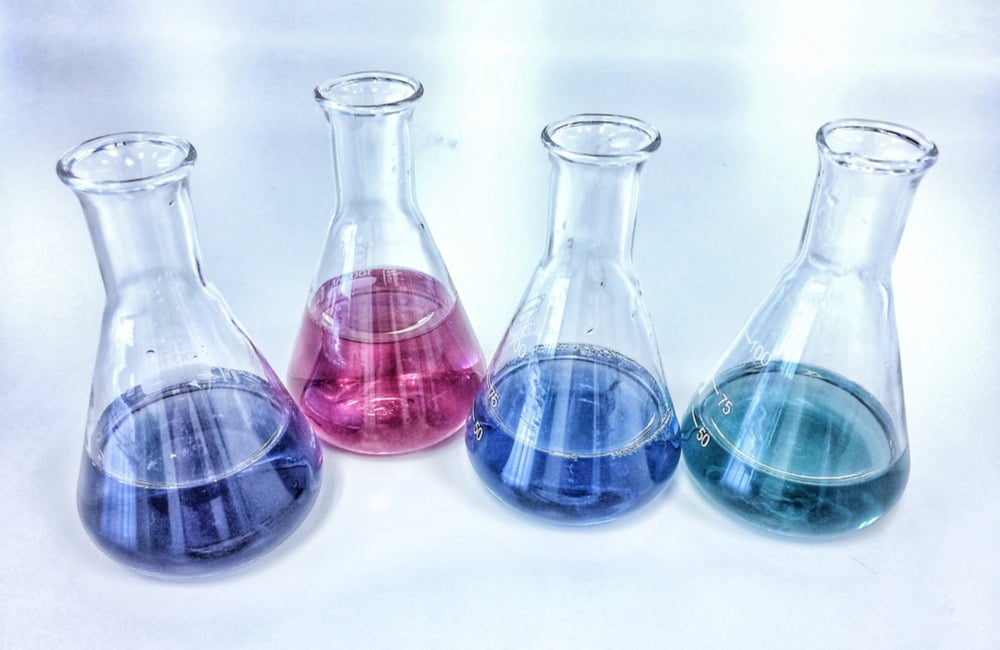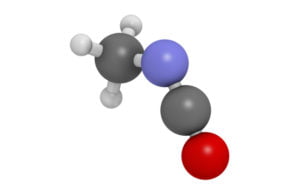Isocyanates Monitoring
Isocyanates are chemicals widely used in making foams, coatings, and glue products. While essential in manufacturing, they can pose serious health risks, including occupational asthma, if not properly managed. Monitoring isocyanate exposure is crucial to ensure the safety and wellbeing of employees who work with these chemicals.
Isocyanates are subject to various regulations, including the Control of Substances Hazardous to Heath (COSHH) Regulations 2002. Our Isocyanates Monitoring service will help you ensure compliance with those guidelines, fulfil your legal obligation, and effectively manage the risks associated with isocyanate exposure.
How We Support You
Our process for isocyanate monitoring involves collecting urine samples from employees immediately after they have been in contact with the substance. These samples must be taken within 10 minutes of exposure to ensure accurate results. Our experienced team ensures a safe and confidential process, providing clear instructions to employees for proper sample collection.
Once collected, the samples are sent to one of the modern laboratories we partner with. Those facilities adhere to stringent quality control measures. There, the samples are analysed, with results typically returned within a maximum of 30 days. These detailed reports identify any elevated levels of isocyanate metabolites and recommend control measures to mitigate exposure risk.
We collaborate closely with you to understand the results and implement effective strategies, such as engineering controls, personal protective equipment, and employee training. Our goal is to create a safe work environment, protect employee health, and ensure full compliance with regulations.

MEK or MIBK Monitoring Services

Solvent Screening Services
Main Benefits
Isocyanates monitoring provides several key advantages for your business, including:
- Ensuring Regulatory Compliance: Stay compliant with industry regulations and standards regarding isocyanate exposure, reducing the risk of legal penalties and protecting your business reputation.
- Tailored Monitoring Solutions: Our monitoring services are customised to fit your specific workplace needs, ensuring minimal disruption to your daily operations while effectively managing employee health risks.
- Optimising Workplace Safety: Identify areas with high isocyanate concentrations and implement targeted control measures to enhance workplace safety and protect your employees.
- Evaluating Control Measures: Assess the effectiveness of your existing engineering controls and personal protective equipment (PPE) to ensure they are providing the necessary protection.
- Preventing Health Issues: Proactively address potential health risks, such as occupational asthma and other respiratory-related conditions, by closely monitoring employee exposure levels.
- Benchmarking for Continuous Improvement: Use monitoring results as a benchmark for ongoing assessments, enabling continuous improvement in exposure management and workplace safety practices.

FAQ
Why should isocyanate exposure be monitored?
Isocyanates are a leading cause of occupational asthma. Monitoring helps keep exposure levels as low as reasonably practicable, ensuring the use of appropriate respiratory protective equipment and minimising health risks.
How do you monitor isocyanate?
Isocyanate exposure is typically monitored by collecting urine samples from employees who work with isocyanate-containing materials. These samples are taken within 10 minutes after exposure and then analysed in specialised laboratories to measure the levels of isocyanate metabolites. This process helps assess how much of the chemical has been absorbed by the body, allowing for accurate monitoring and ensuring that exposure levels remain within safe limits.
What is isocyanate biological monitoring?
Isocyanate biological monitoring involves analysing breakdown products of isocyanates in urine samples. It provides an accurate measure of how much isocyanate has entered a person’s body, allowing assessment of the effectiveness of control measures.
Where are isocyanates used?
Isocyanates are commonly found in industries where workers are involved in spray painting, making foam products, and working with certain types of plastics and glues. They are present in products like two-pack spray paints, foam insulation, and various glue products. Workers who handle these materials, such as painters, foam manufacturers, and those involved in making or using plastics and glues, need isocyanate monitoring to protect their health.
What is the exposure limit for isocyanate in the UK?
In the UK, the workplace exposure limit (WEL) for isocyanates is set at 20 micrograms per cubic meter (µg/m³) of air, averaged over an 8-hour workday.
What does isocyanate do to the human body?
Isocyanates can have serious health effects if inhaled or if they come into contact with the skin. Exposure to isocyanates can cause respiratory issues, including occupational asthma, which is one of the most common health problems associated with these chemicals. Prolonged or repeated exposure can lead to chronic respiratory conditions and skin sensitisation, making it crucial to monitor and control exposure to the workplace.

Isocyanates – What They Are and Why You Should Look Out For Them
Isocyanates Monitoring – What It Is and Why It’s So Crucial To Look Out For What are Isocyanates? Isocyanates are a family of highly reactive chemicals with a low molecular weight. They are powerful irritants to the gastrointestinal and respiratory tracts as well as the mucous membranes of the

What is Biological Monitoring in Industry?
Learn about what Biological Monitoring can offer your company through this handy article:

The First Wealth is Health… Isocyanates exposure
If your employees are exposed to Isocyanates you need to know how to protect them, Healthscreen UK offers this handy guide to give you the information you need:

